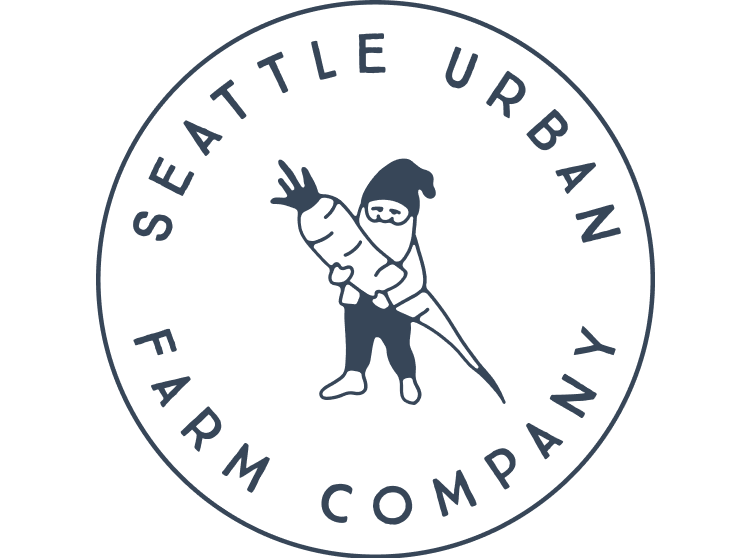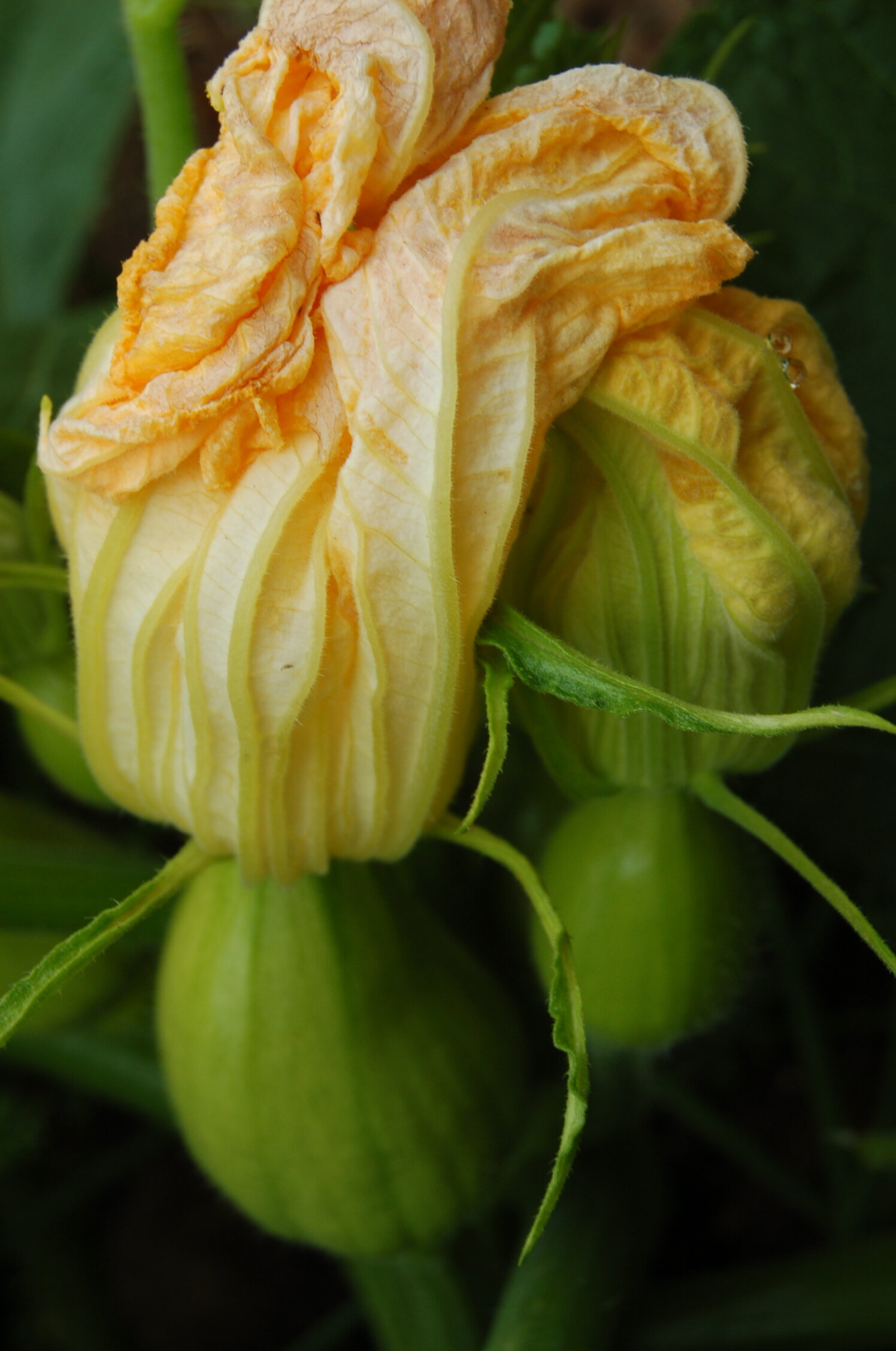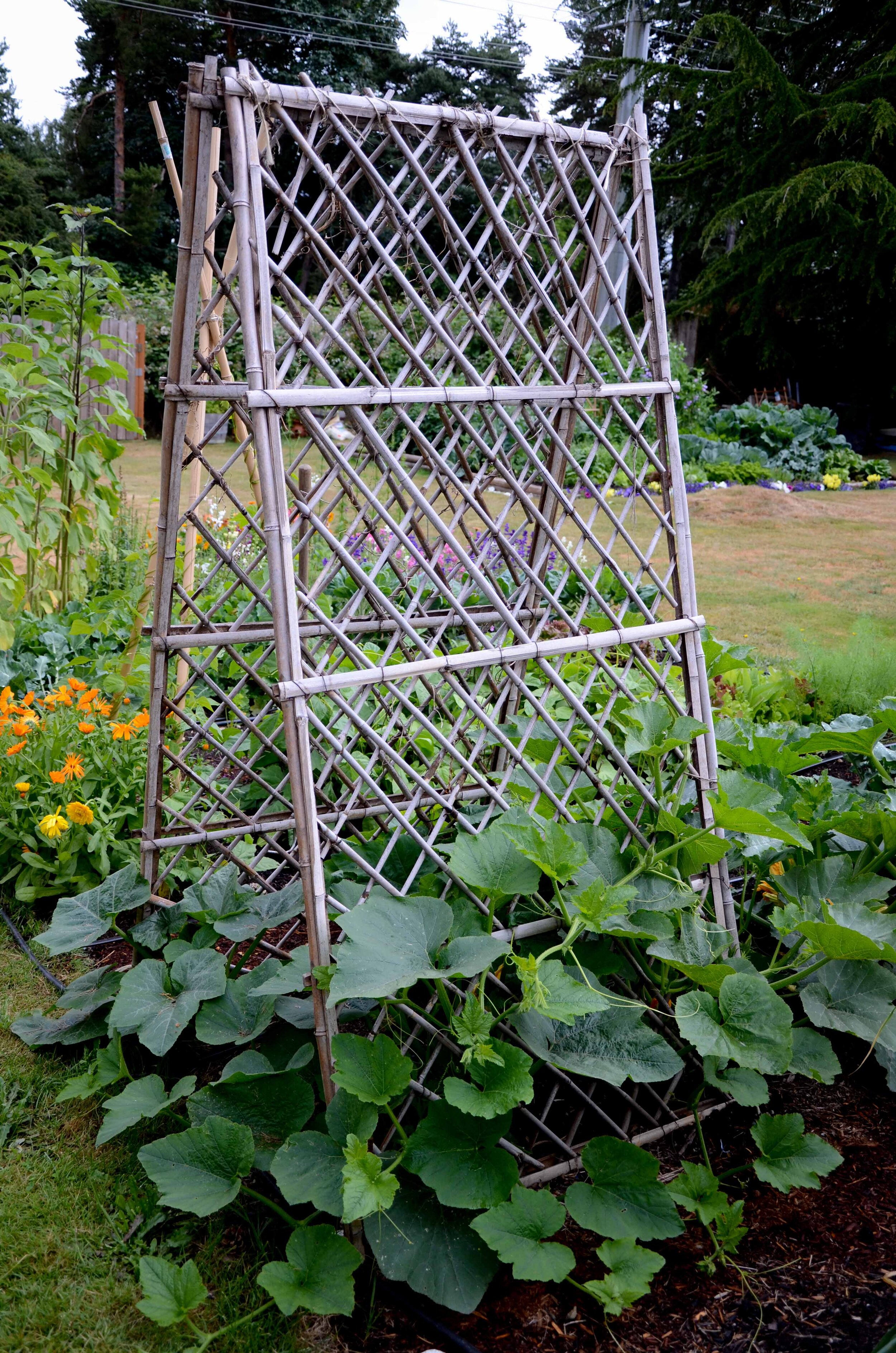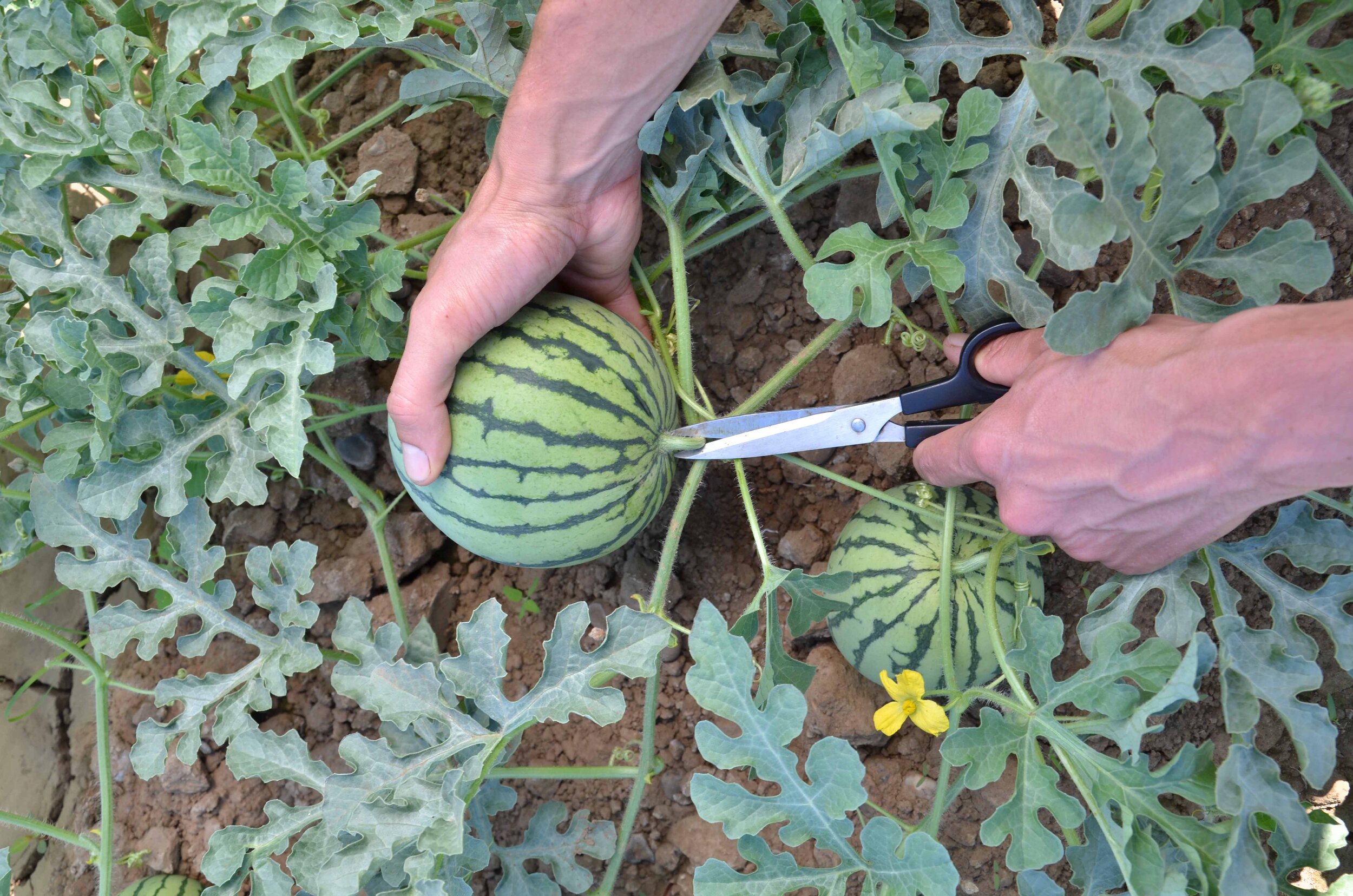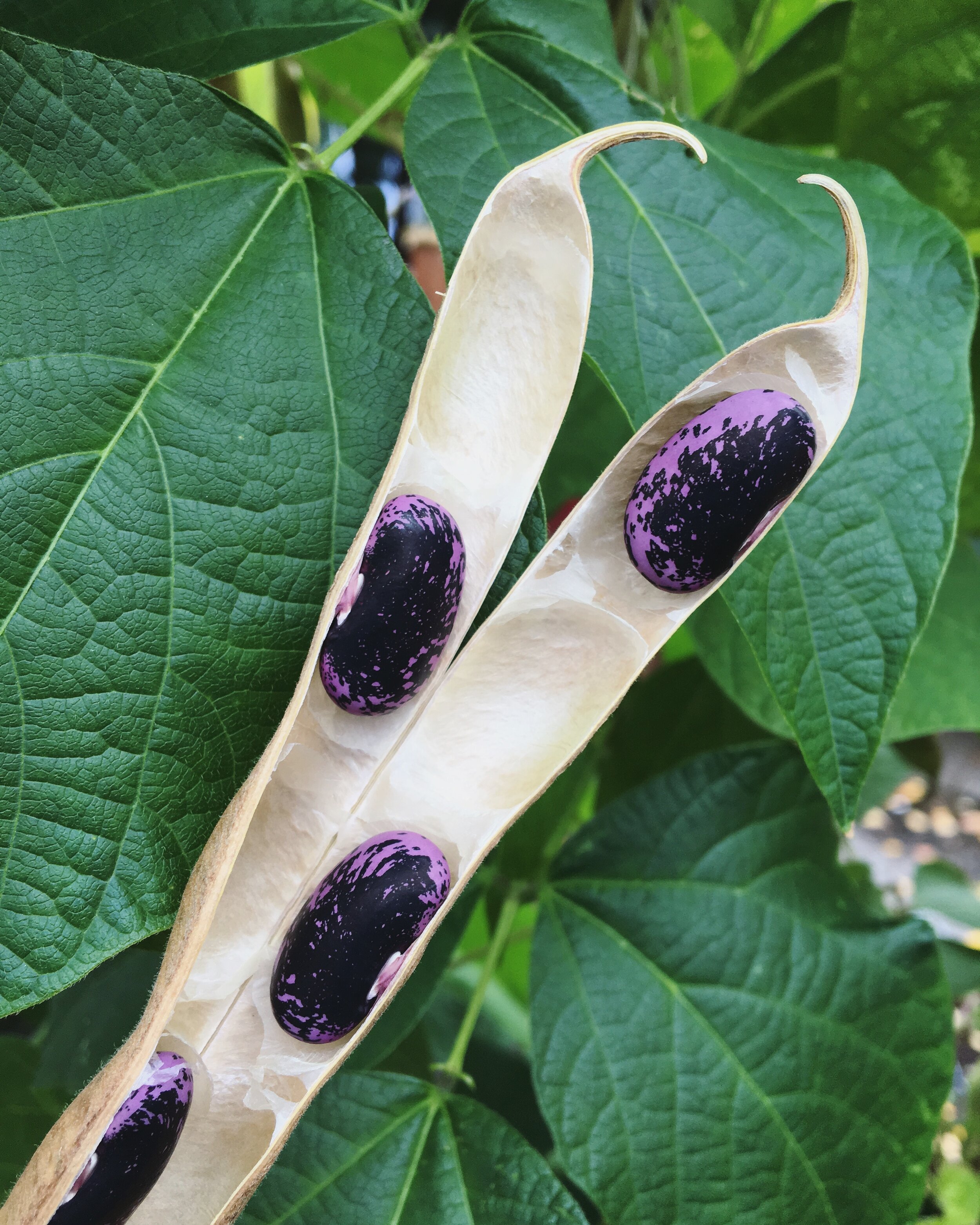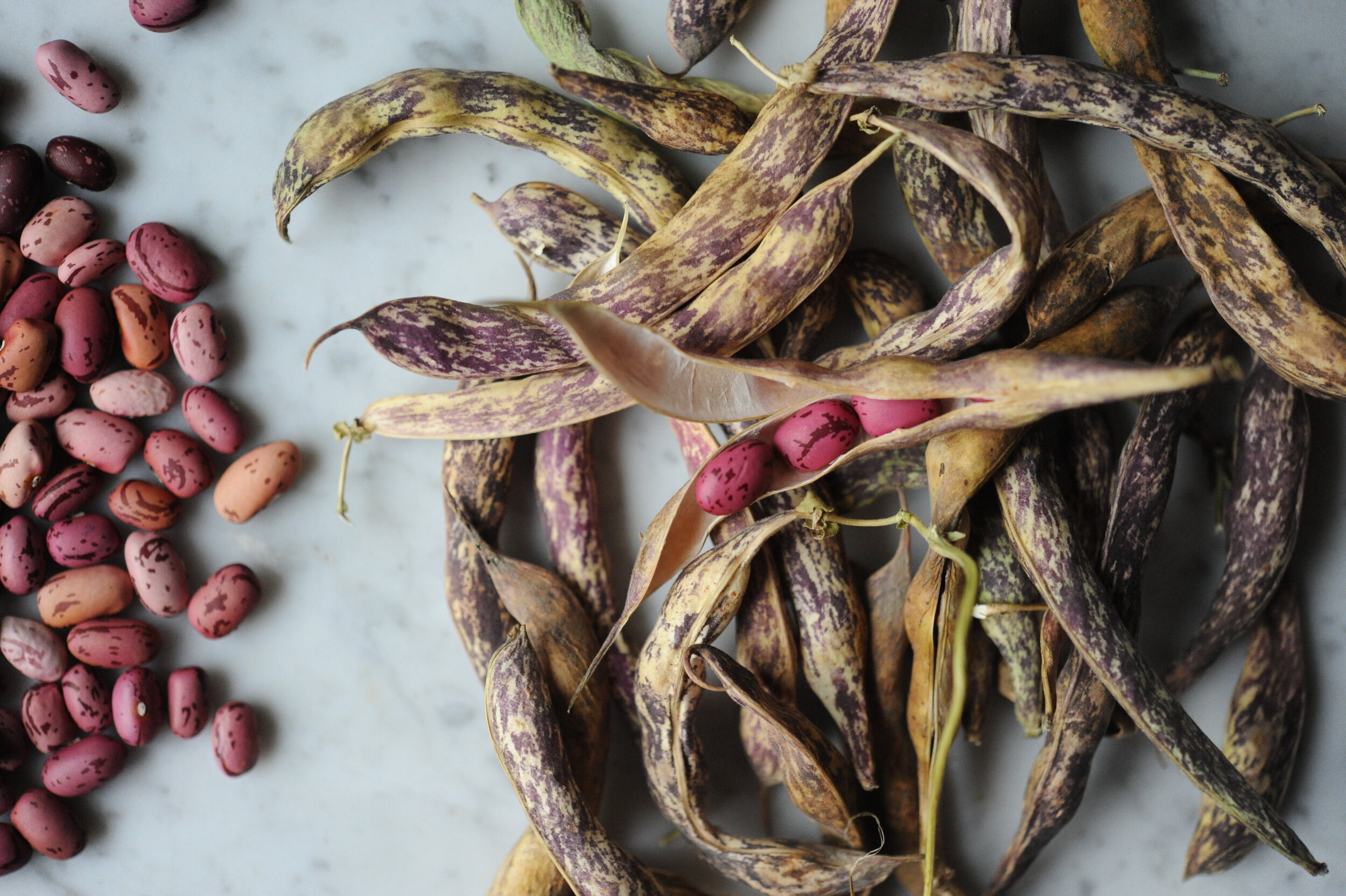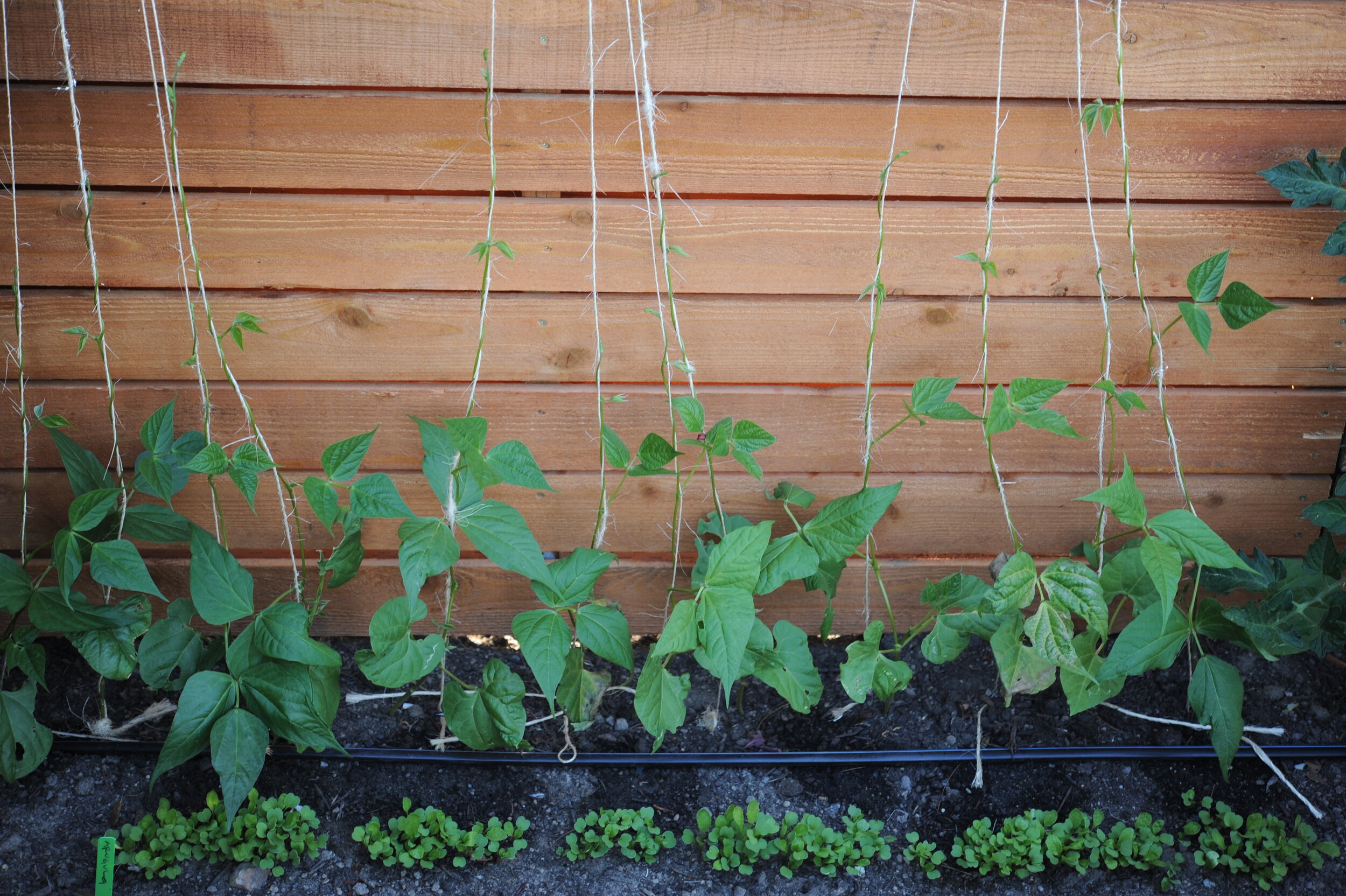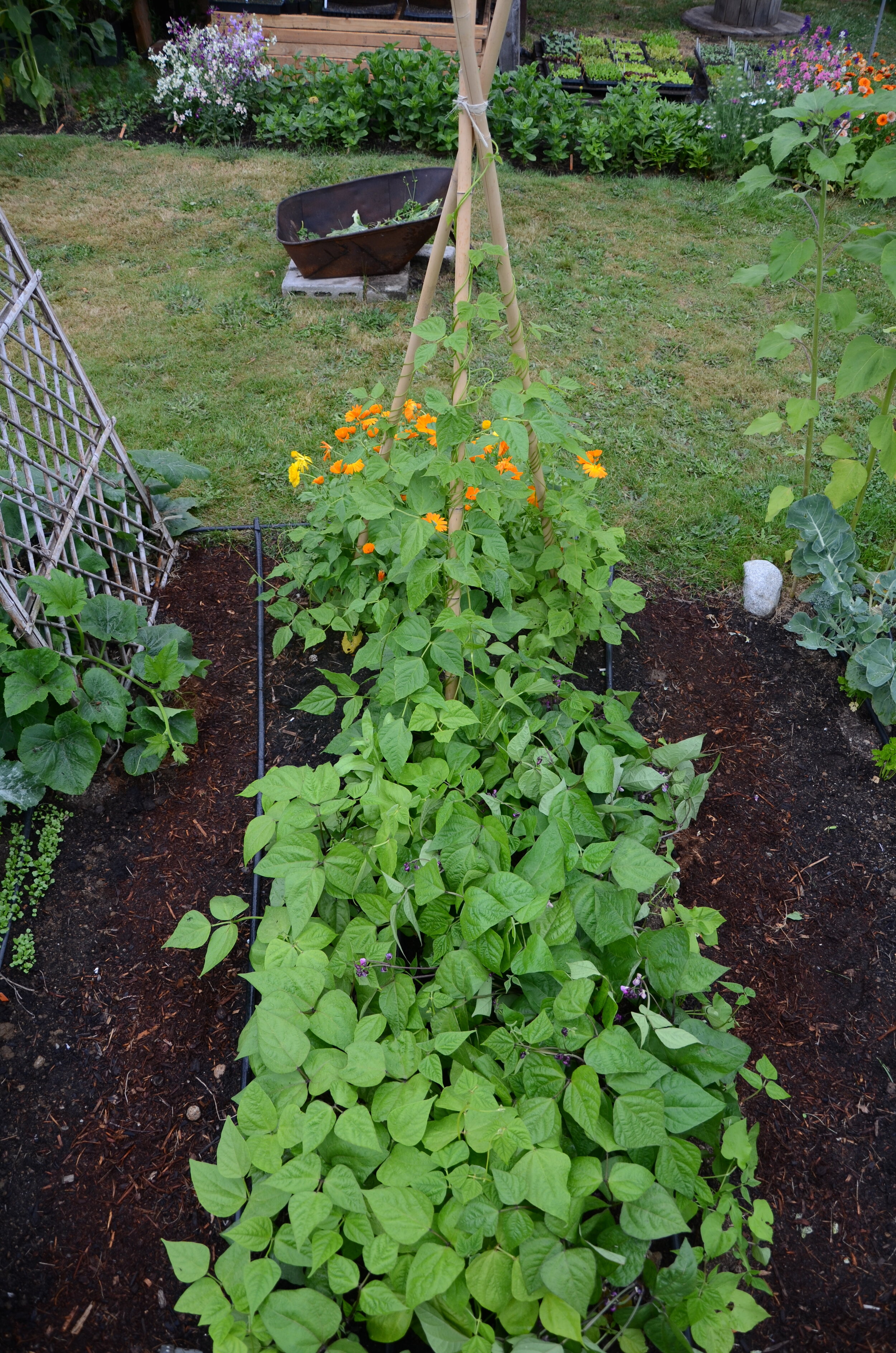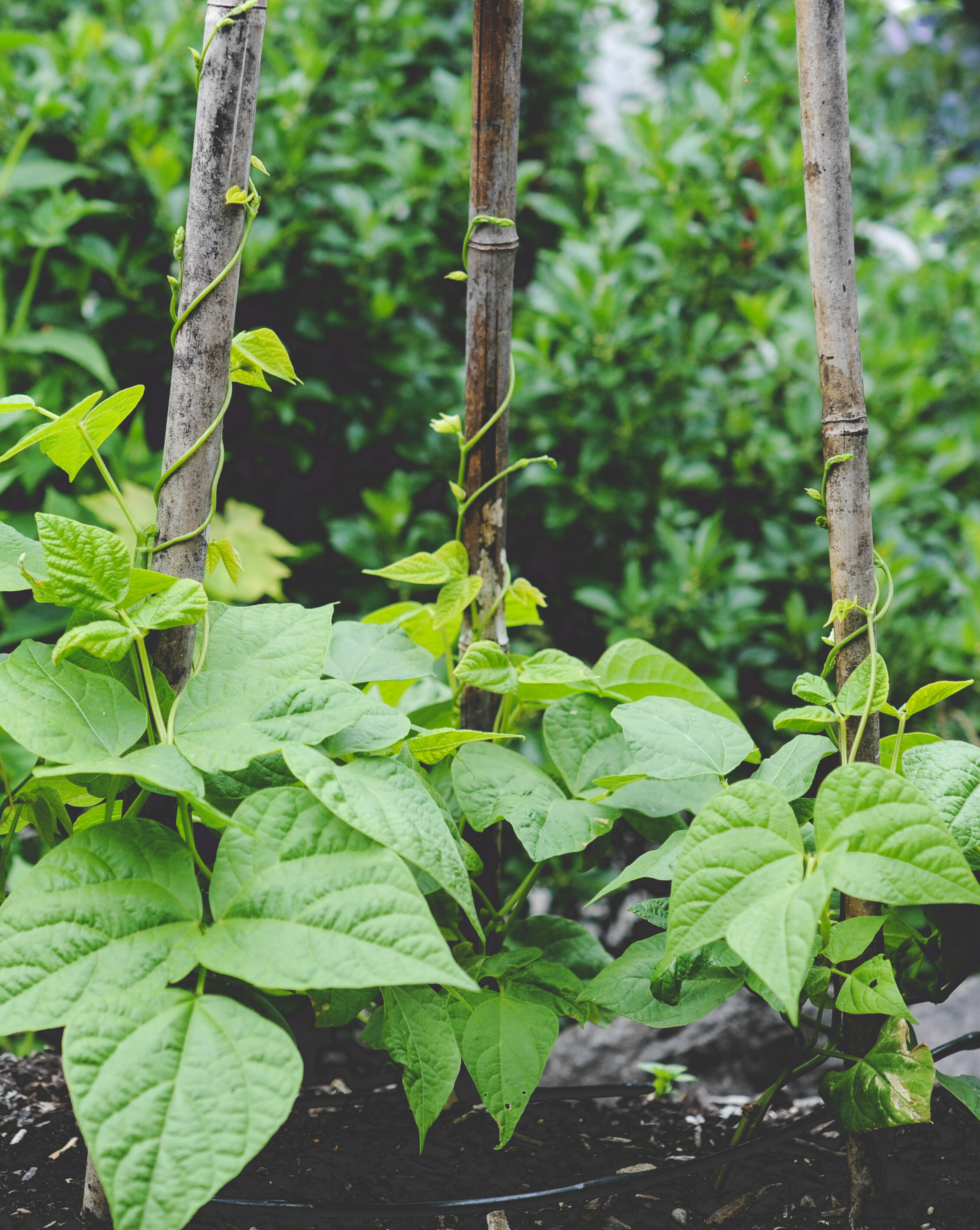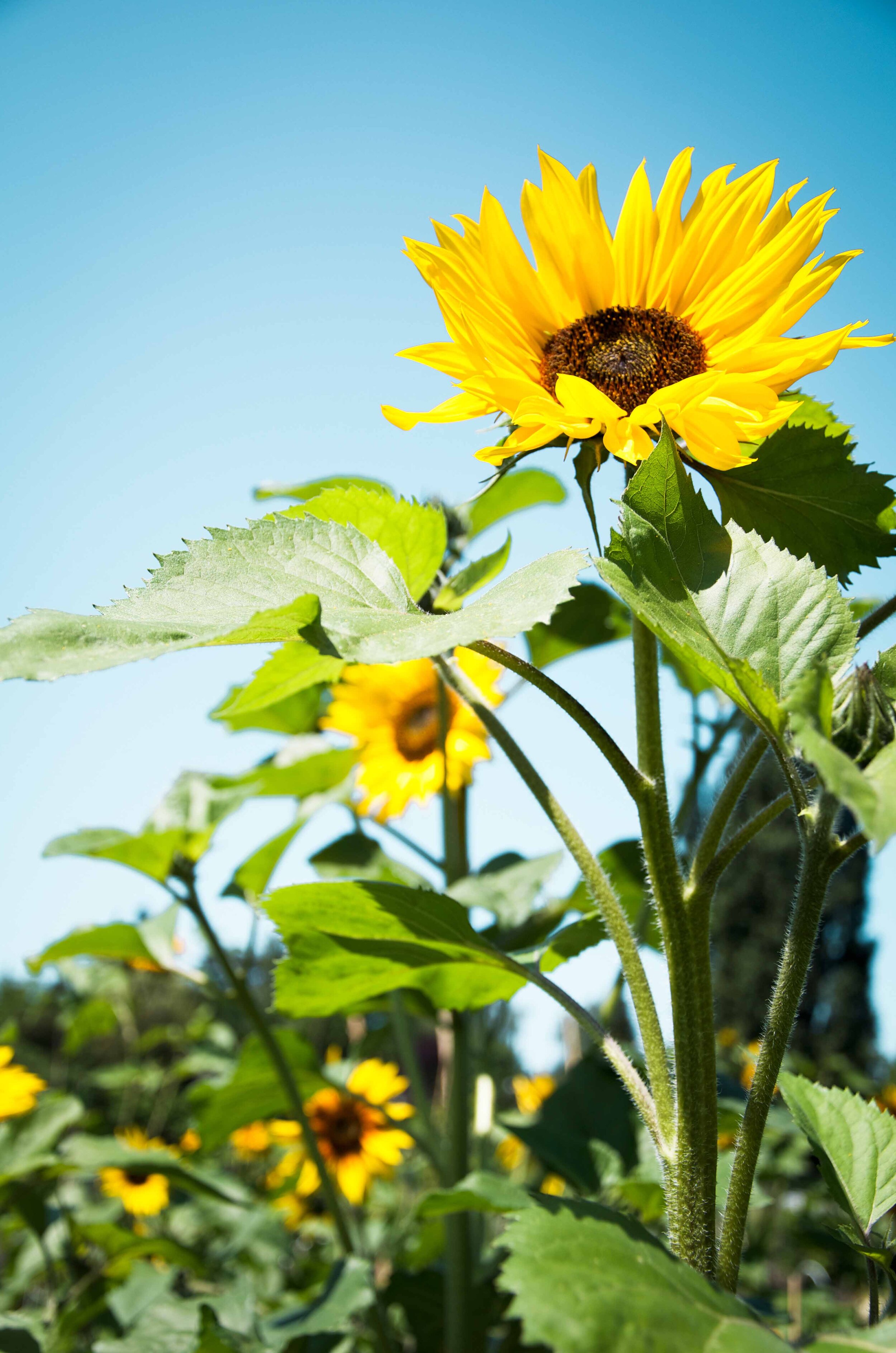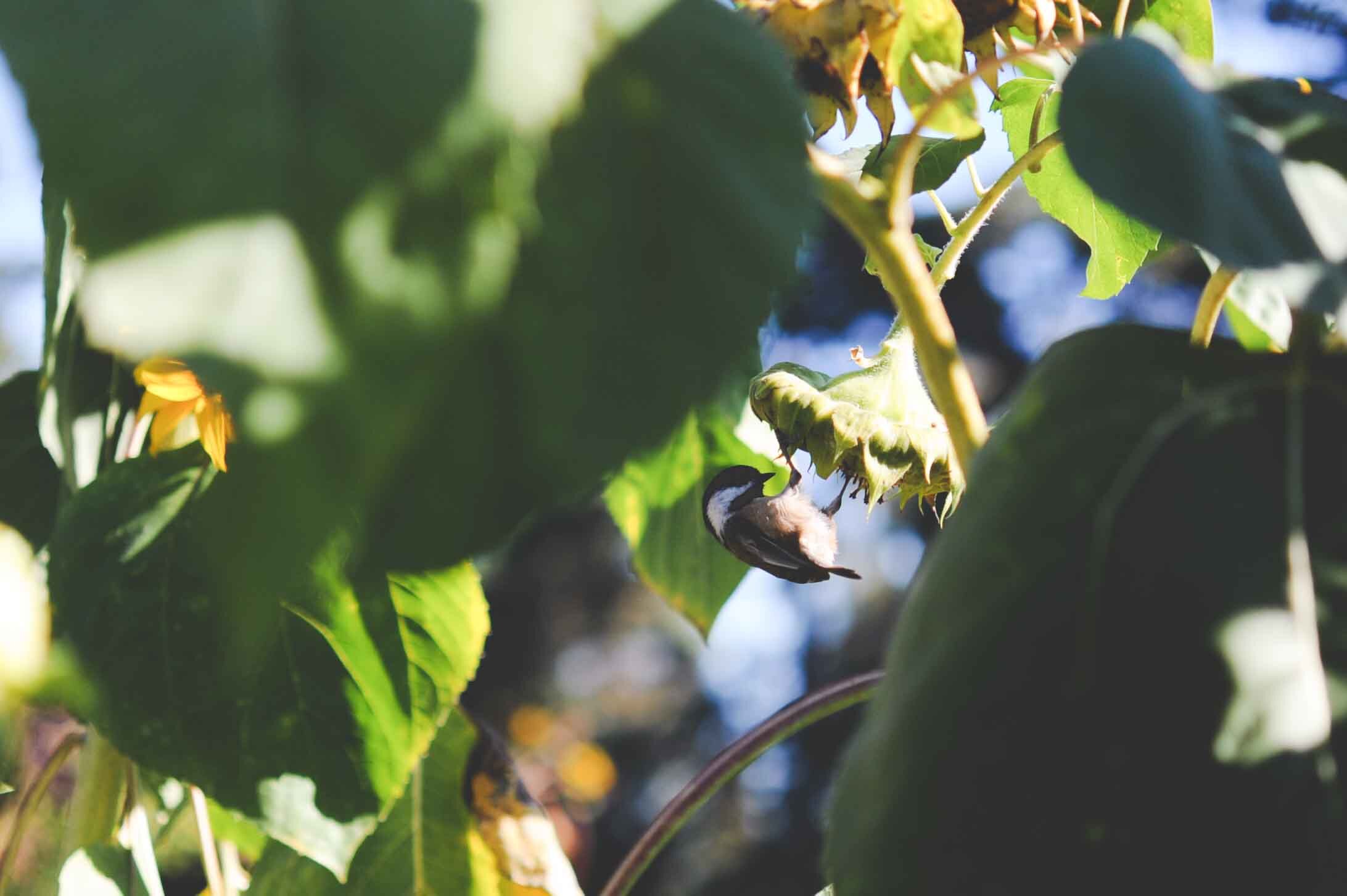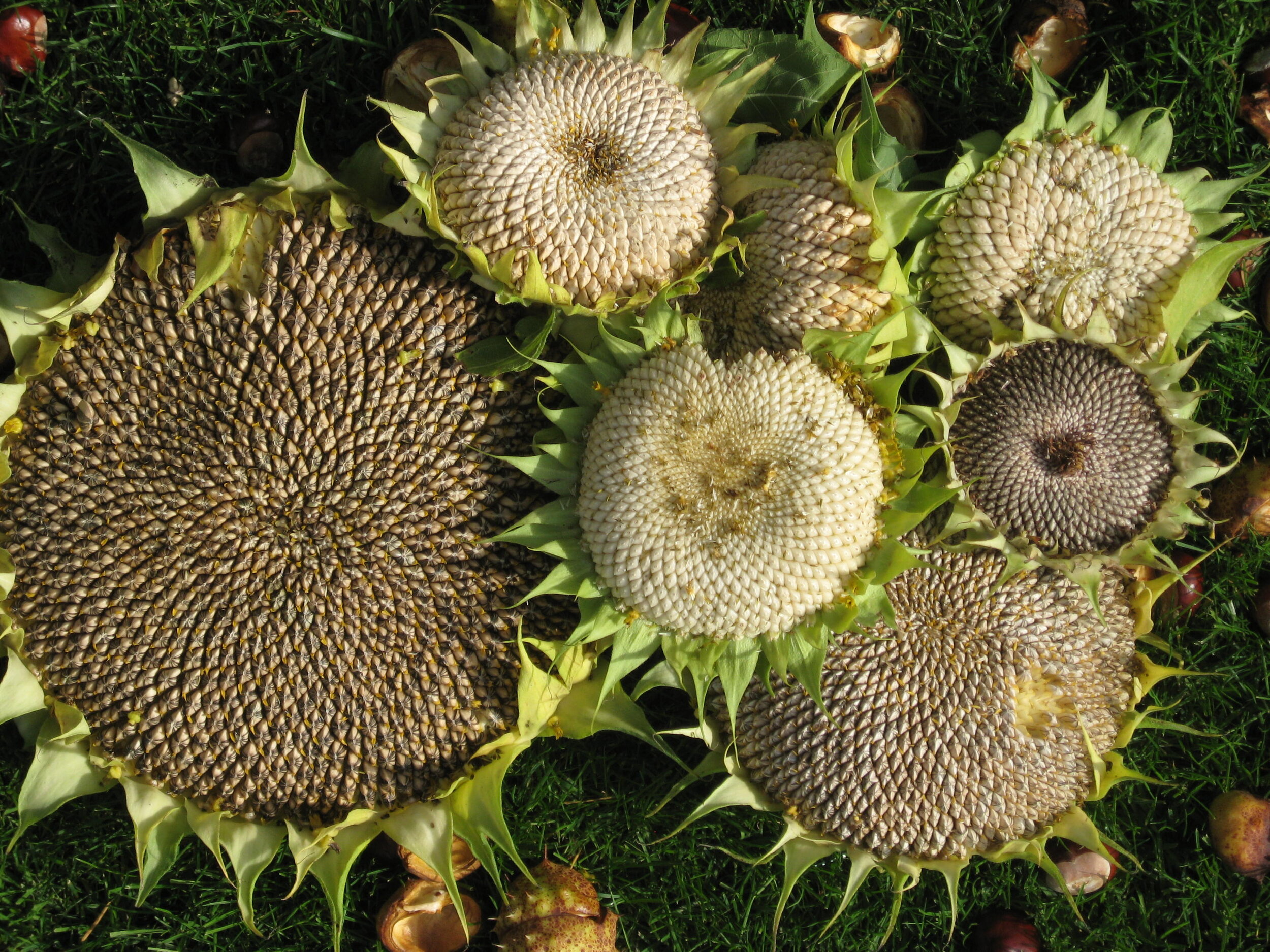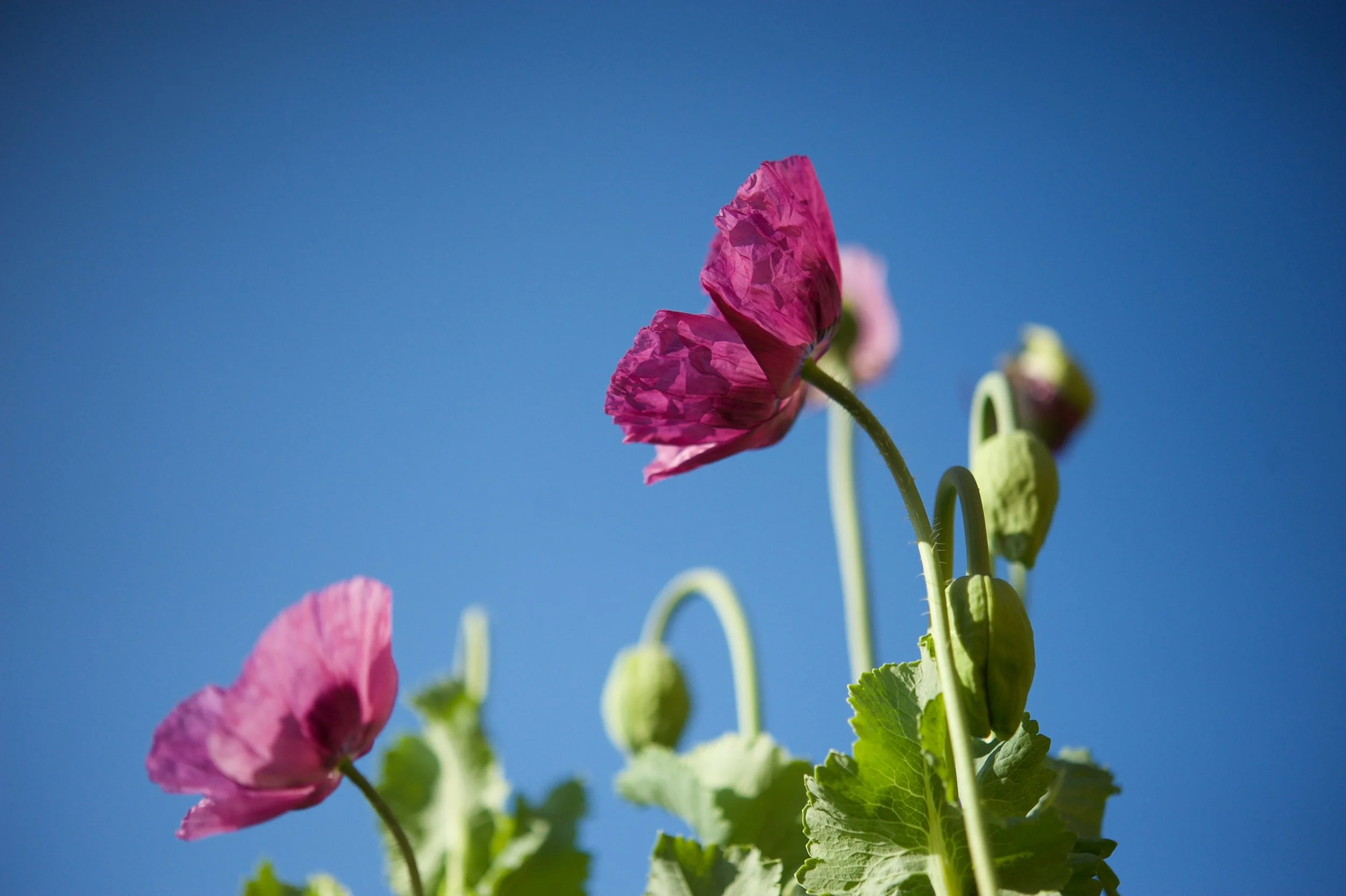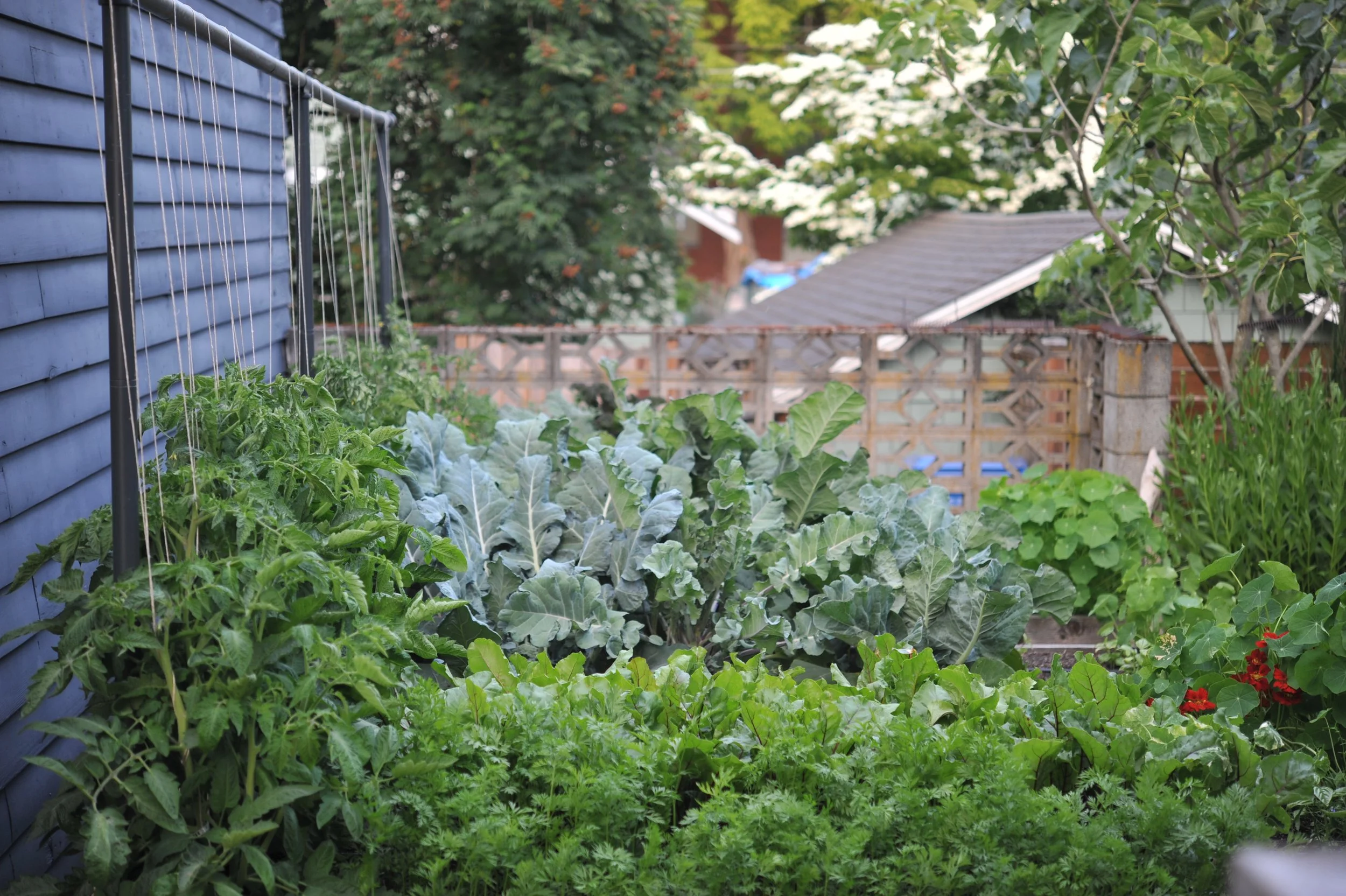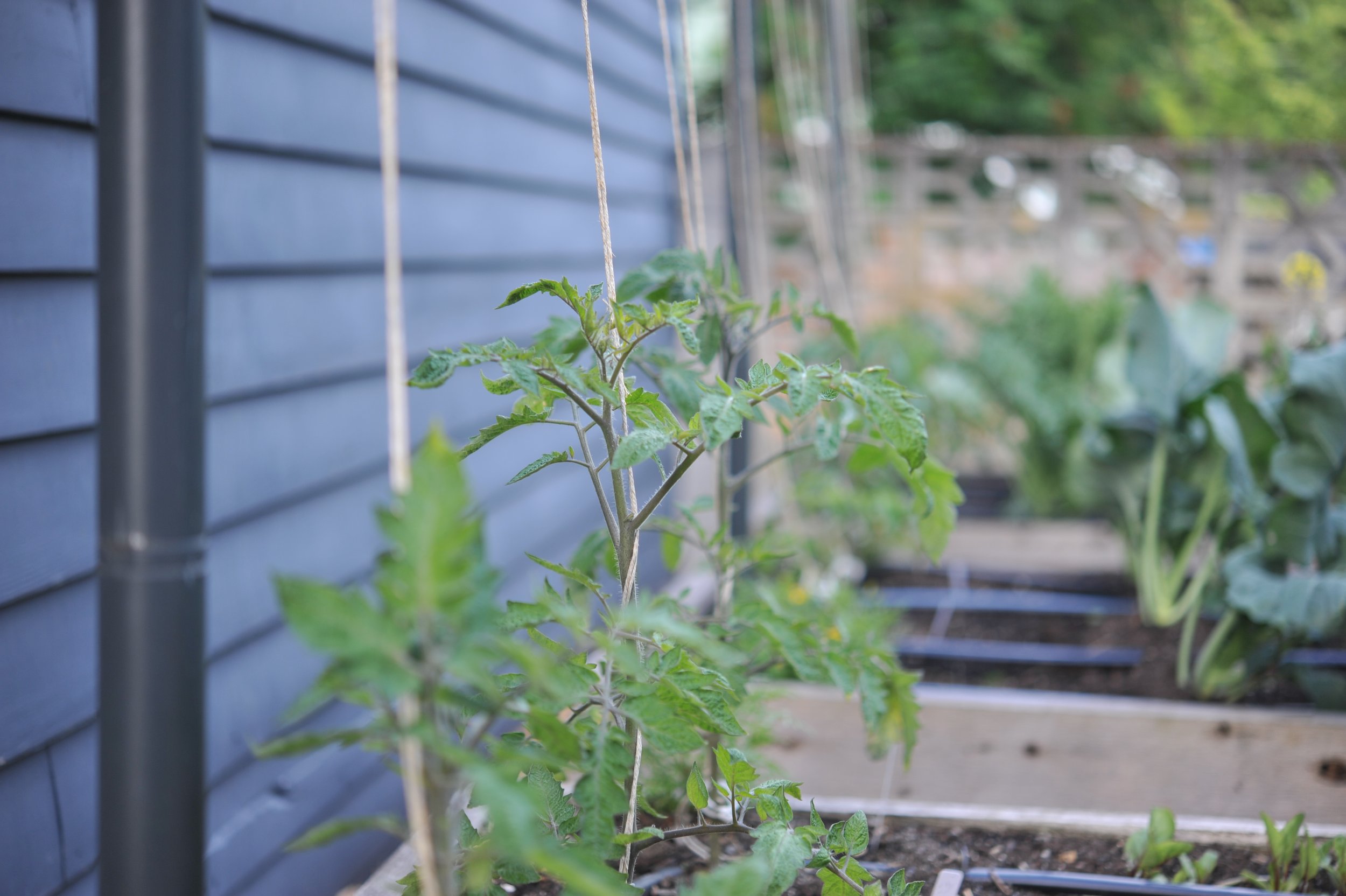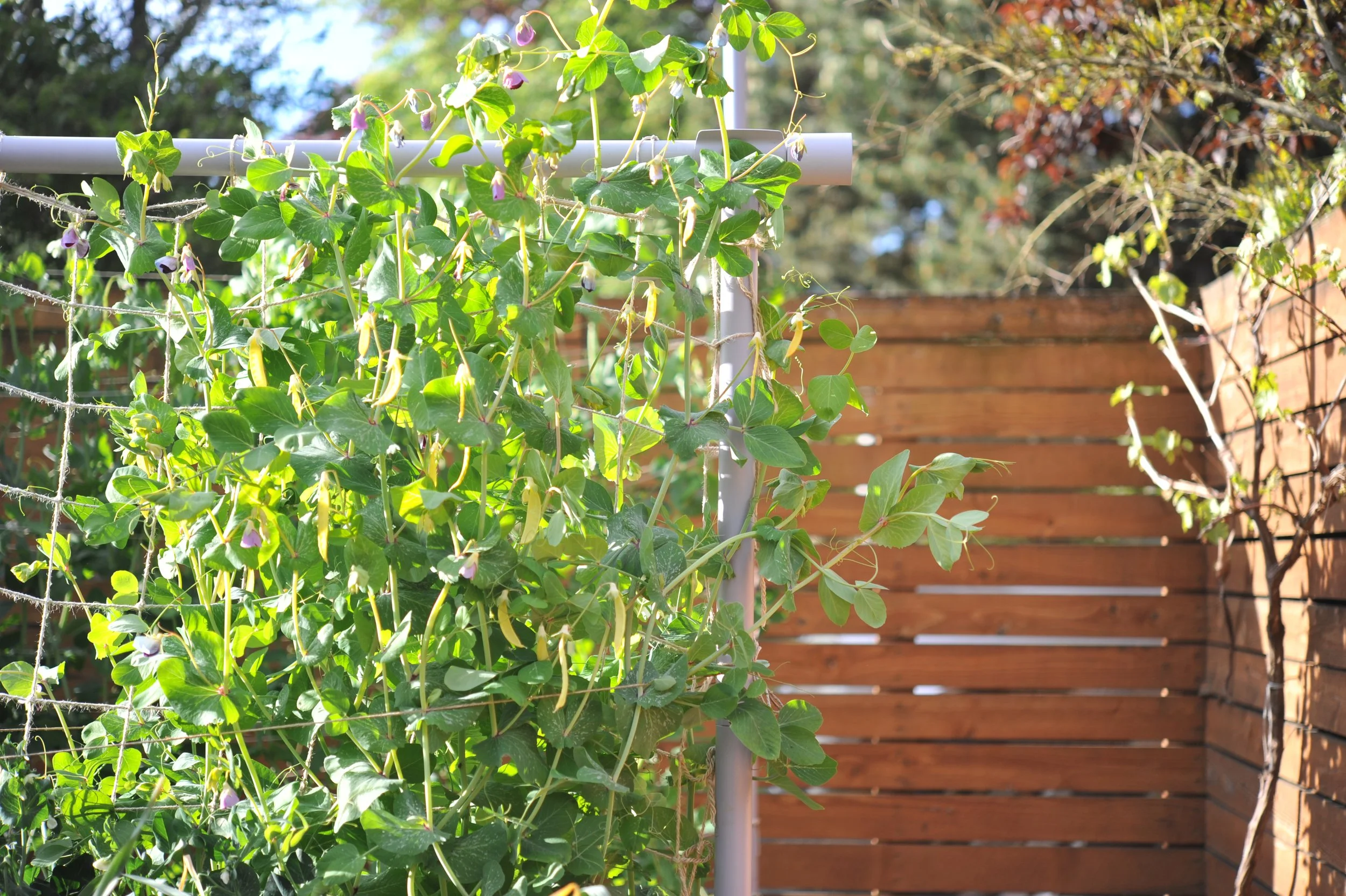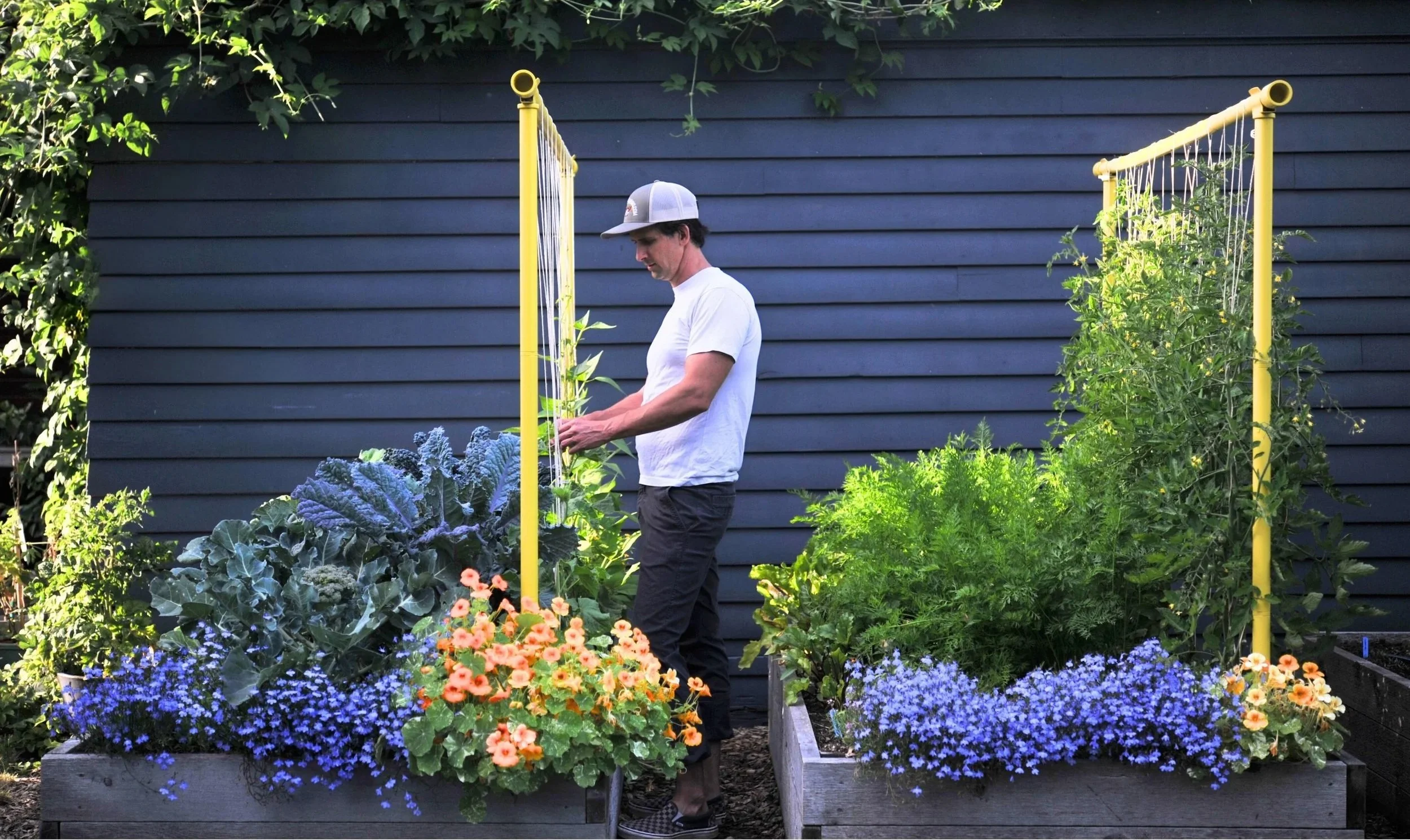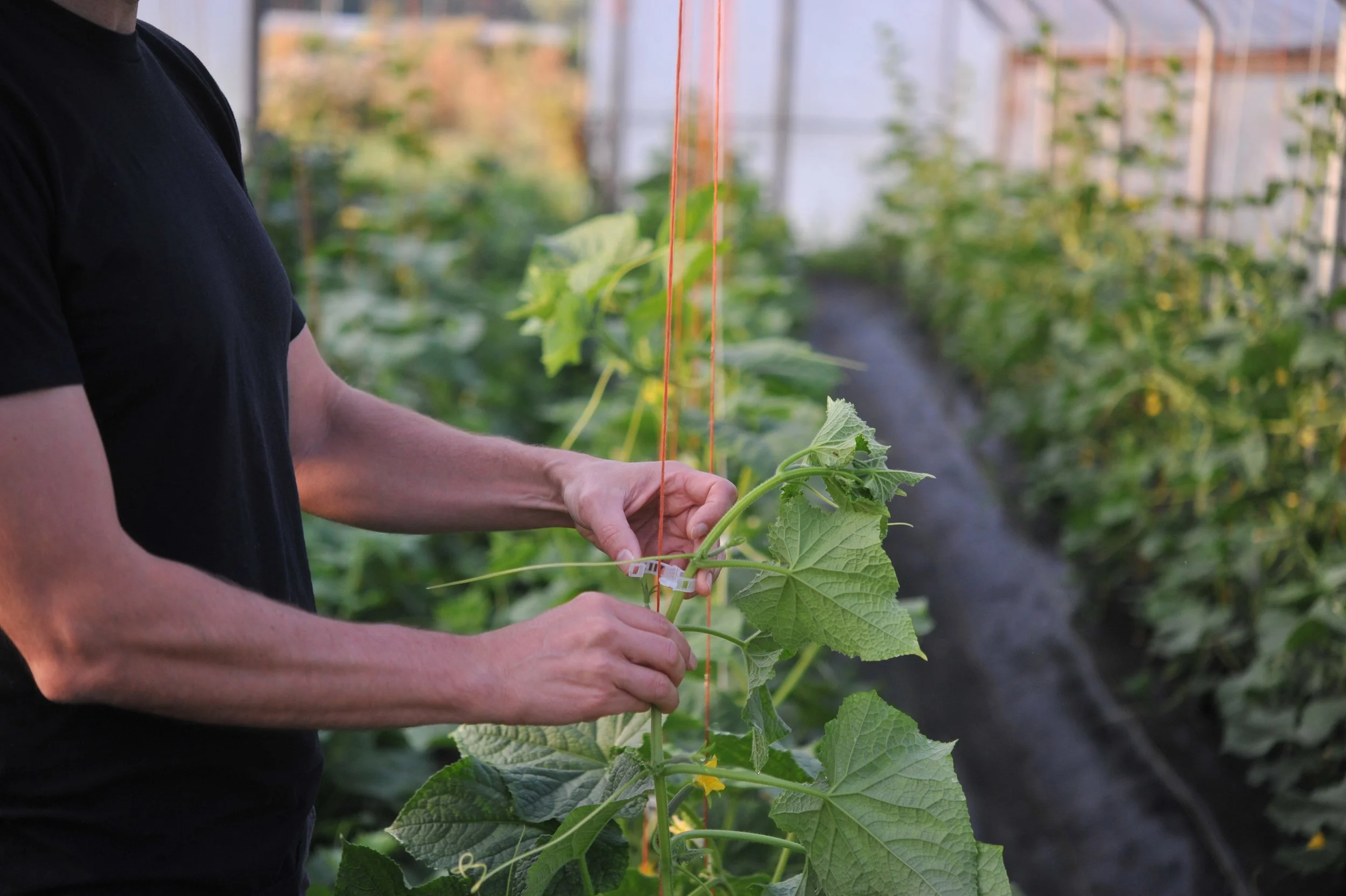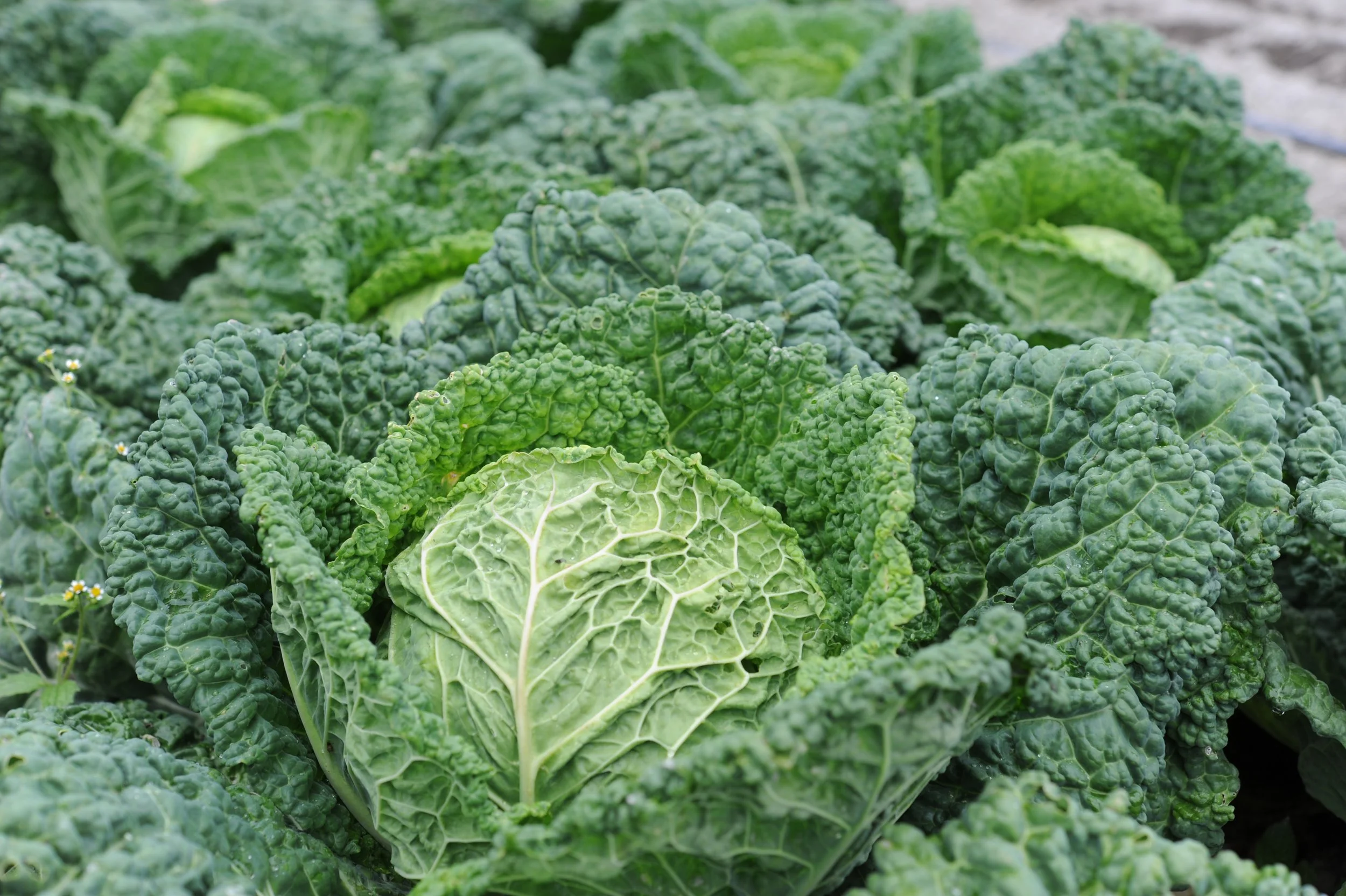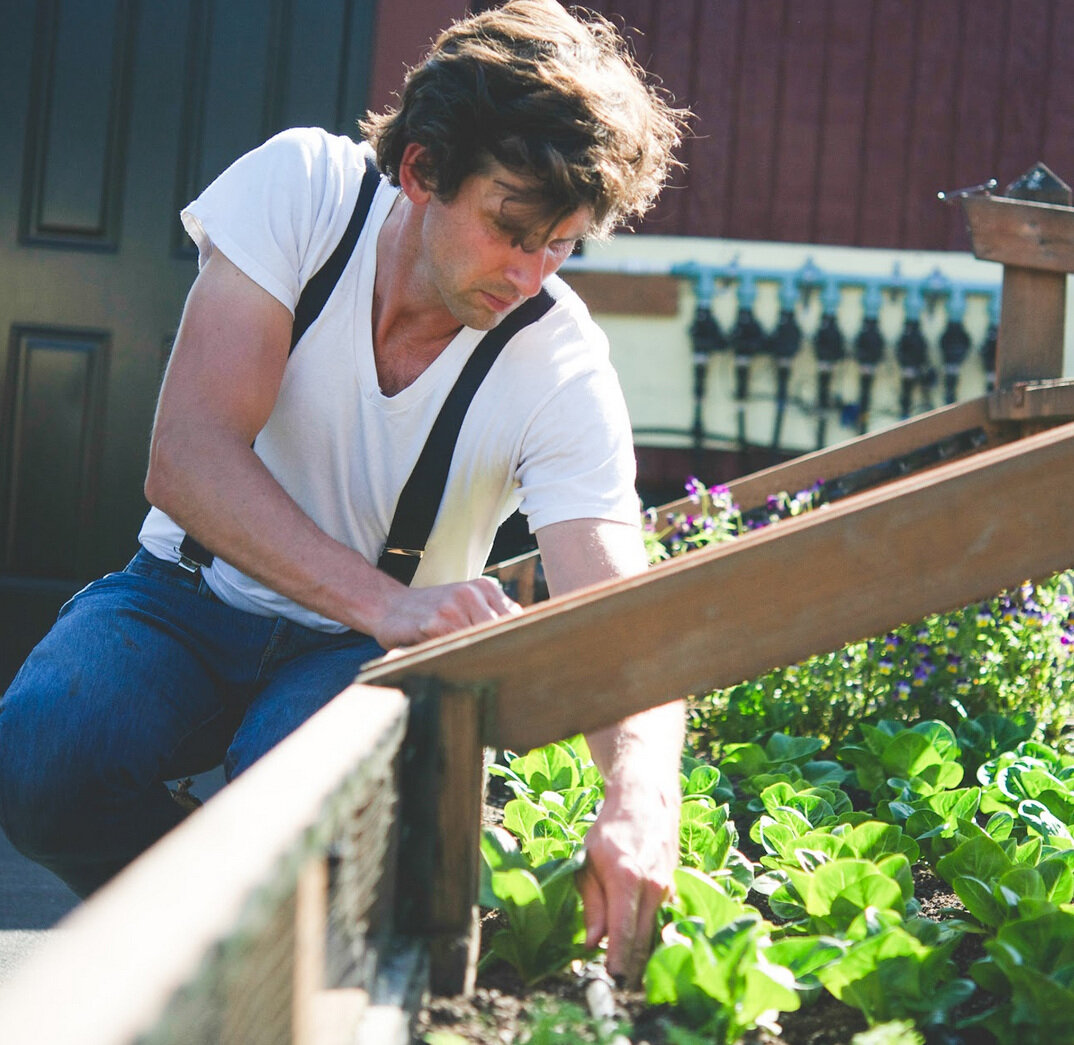It’s never too early or too late to get your kiddo involved in the garden. You can have them help out on just about any project. If you’re like me and you’re a little bit worried about the mayhem that may ensue, think about giving them a space of their own.
Late spring is a particularly good time to launch new garden activities. As spring turns to summer, seeds germinate more quickly, sometimes within days of seeding; transplanted crops start to grow at a breakneck speed, often with daily growth that can actually be measured with a ruler; and the variety of insects and pollinators in the garden abounds!
Most garden projects begin with the planting of a new crop. Today I’ll focus on summer crops that can be direct-sown with large seeds whose size are well-suited for little hands.
Winter squash and melons: This group of plants, called cucurbits, includes pumpkins, which are a go-to for any gardener with kids. In addition, Cucurbit seeds are large and very easy to handle. They also produce large flowers which can be hand-pollinated to increase fruit production and make growing even more exciting. You don’t have to hand-pollinate, in most situations, flowers will be adequately pollinated by insects (which is also fun to watch).
Cucurbits have developed a symbiotic relationship with the squash bee (Peponapis pruinosa) which, unlike the European honeybee, is native to North America (just like the squash plant itself). The ground-nesting squash bee looks very similar to a honeybee, but it feeds exclusively on the pollen of the cucurbit family.
Squash bees are most active early in the first few hours after sunrise, so if you have a little one that likes to wake up with the roosters, squash bee hunting may be in your future!
Winter squash and melons tend to be trailing crops, although there are some cultivars that are bred with a bush growth habit. If you’re growing a trailing variety, let the plants sprawl on the ground (ideally outside of your garden bed if you’re short on space) or train them up a trellis. Our simple bamboo tri-pod trellis works well for these trailing crops, as do A-frame trellises.
There are dozens of varieties of winter squash and melons. Different types are suited for different growing climates, but most mature around 85-100 days. No matter where you’re growing, it’s crucial that they’re seeded with plenty of time to mature before cold weather sets in.
Summer squash: Summer squash are in the same family as winter squash and melons, but I’m separating them here because they mature more quickly and tend to have a bush growth habit, as opposed to trailing. As with winter squash and melons, the seed of summer squash is large and easy for little hands to manage.
Summer squash stands out to me as one of the most exciting crops for kids to grow because, when the soil temps start to heat up, it grows a measurable amount each day!
Summer squash is an incredibly versatile and productive plant. Try teaming up with your little ones to bake zucchini bread, or have them weigh each fruit that comes off of the plant and total up the harvest weight at the end of the season- it’s sure to be an impressive number!
Another educational activity for winter squash, melons and summer squash: Identify the difference between a male and female flower.
Cilantro: This fast-growing herb can teach little ones a lot about the lifecycle of plants, in a relatively short period of time. Cilantro should be direct sown into your garden. It usually germinates within a week of seeding, and is ready to harvest 4-5 weeks later. In warm weather, the plant usually starts to bolt, or flower, a few days after it’s ready to harvest. This can be frustrating, or it can be an opportunity to observe the lifecycle of a plant. Eventually these flowers will start to turn to seed. Voila! The full circle of life for an annual crop!
The best part about letting cilantro set seed is the important shape of its flowers. The shape of cilantro flowers is categorized as “umbelliferous”. This flower-shape is unique to crops in the Apiaceae or Umbelliferae (aka. parsley) family, and the name comes from the same root as the word umbrella. Anyway...pollinators and beneficial insects are very attracted to this umbrella-shaped flower. I often see the widest variety of insects foraging and resting on my cilantro flowers, including Trichogramma Wasps (these are friendly little non-stinging insects that look more like flies), which are helpful at reducing cabbage worm populations in the garden.
Educational activity for cilantro: let some plants go to see and note the pollinators that hang around it’s flowers. Then harvest the dried seeds and use them as coriander or to plant more cilantro!
Beans: (Snap and shelling) From my experience, fresh-picked beans are one of the crops kids get most excited about eating in the garden. I can’t tell you how many clients have told me that their kid would never touch beans until they had the opportunity to harvest them and eat them straight off of the plant.
Beans come in a variety of colors and shapes, which also makes them attractive to little eaters. I have yet to meet a kid that doesn’t want to give a purple snap bean a try.
There are two major categories of beans: snap and shelling beans. Snap beans are the type that are eaten fresh, seed pod and all. Shelling are the kind that are removed from their pod. Some shelling bean varieties are meant to be eaten fresh and others are meant to be cured for storage. Many beans come in both bush and pole or trailing, growth habits.
If you seed a pole type, you’ll need a support structure, and yes, I’m going to suggest you check out our tri-pod trellis option here too. It’s definitely one of the quickest and simplest ways to support pole beans. If you and your kids want to have a little fun with the tri-pod trellis, add in more poles to make the base of the structure wider, and turn your tri-pod into a teepee that your kids can hang out in!
I’ve devoted a few episodes of the Encyclopedia Botanica Podcast to beans, so check them out if you’re looking for more on the subject:
EPISODE 3: BUSH BEANS - these were EARLY days…the podcast get better :)
EPISODE 46: CHOOSING THE RIGHT BEANS FOR YOUR GARDEN
Sunflowers: Not only are sunflowers an iconic summer garden plant, but growing them also provides lots of educational opportunities for little gardeners of all ages! Tiny gardeners will find sowing the large seeds very rewarding, and slightly bigger gardeners might enjoy measuring how tall their plants grow, saving the seed come fall, and replanting the following season.
Almost all sunflower seed you buy will be an F1 hybrid. This means that two distinct strains were crossbred, and the resulting offspring is a mixture of each parent's unique traits. Seeds saved from this offspring will have different qualities than the source plant. Older kids can measure the plant height and flower diameter of the seeds sown this year. They might even draw a picture, noting the color and size of the petals. Save seed from the plants from which these records were taken and seed them the following spring, then note the difference between the resulting plant and their parents.
To collect sunflower seeds:
Cut the heads of your sunflowers as they start to drop petals. If harvested too early, the seeds may be very small; if left too long, they will fall out of the seed head into the garden.
Hang flower heads in a dry, warm location until the seeds are completely dry and easily fall out of the head.
Store collected seeds in a cool, dry place. I’ve used paper and plastic bags, and both work well!
We designed our first book, Food Grown Right, In Your Backyard, with school gardens in mind, so if you’re looking for some homeschooling inspiration, check it out for discussion topics such as:
What is a vegetable?
Which part of a plant do you eat?
Why do plants produce flowers?
And other fun activities like step by step instructions for how to make a worm bin or build your own raised beds!
Seattle Seed Company has many of these seeds in stock! Use code: EBPODCAST for 15% off your order.
Educational garden activities from our friends:
Bumblebee Watch - Identify the bumble bees in your garden and record your sightings!
